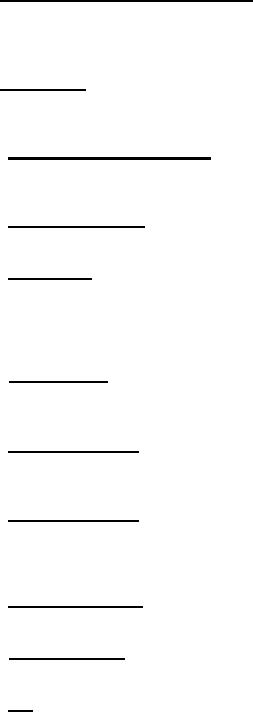 |
|||
|
Page Title:
Resistance temperature characteristic |
|
||
| ||||||||||
|
|  MIL-R-19365D
3.8 Resistance temperature characteristic. When resistors are tested as specified in 4.7.3, the
resistance temperature characteristic shall not exceed 0.040 percent/C. For resistors having a
resistance value up to and including 0.25 ohm per square inch of winding area, and shall not exceed
0.026 percent/C for all other resistors.
3.9 Temperature. When resistors are tested as specified in 4.7.4, there shall be no evidence of
mechanical damage. Softening of solder during the test, except where it is used solely as a tinning agent,
shall be consider a basis for failure.
3.10 Dielectric withstanding voltage. When tested as specified in 4.7.5, resistors shall not flashover,
show any evidence of mechanical damage, arcing, or insulation breakdown nor change in resistance in
excess of 0.1 percent.
3.11 Insulation resistance. When resistors are tested as specified in 4.7.6, insulation resistance shall
be not less than 100 megohms.
3.12 Power rating. When tested as specified in 4.7.7, resistors shall dissipat e the rated power input
exceeding the maximum applicable hot spot surface temperature (see table I). (The hot spot is the point
or elemental area of maximum temperature on the external surface of a resistor.) There shall be no
evidence of intermittent op en circuiting in the winding (see 3.1), and the change in resistance as a result
of this test shall not exceed 0.5 percent.
3.13 Thermal shock. When resistors are tested as specified in 4.7.8, the change in resistance shall not
exceed 2 percent; and the re shall be no evidence of mechanical damage; nor any observable change in
resistor coating, enclosure, or other parts which will adversely affect the performance of the resistor.
3.14 Short time overload. When resistors are tested as specified in 4.7.9, the change in resistance
shall not exceed 2 percent, and there shall be no evidence of mechanical damage, arcing, burning, or
charring.
3.15 Moisture resistance. When resistors are tested as specified in 4.7.10, the change in total
resistance and the resistance between the adjustable and fixed end terminals shall not exceed 5 percent.
The insulation resistance shall not be less than 2.5 megohms. There shall be no evidence of mechanical
damage, breaking, cracking, spalling, nor loosening of terminals or mounting hardware.
3.16 Mechanical strength. When resistors are tested as specified in 4.7.11, there shall be no evidence
of mechanical damage.
3.17 Terminal strength. When resistors are tested as specified in 4.7.12, there shall be no evidence of
mechanical damage, nor breaking or loosening of terminals.
3.18 Life. When tested as specified in 4.7.13, resistors shall dissipate not less than the rated power
input, without exceeding a change in resistance of 5 percent between the initial measureme nt and any
succeeding measurement. There shall be no evidence of mechanical damage.
6
|
|
Privacy Statement - Press Release - Copyright Information. - Contact Us |